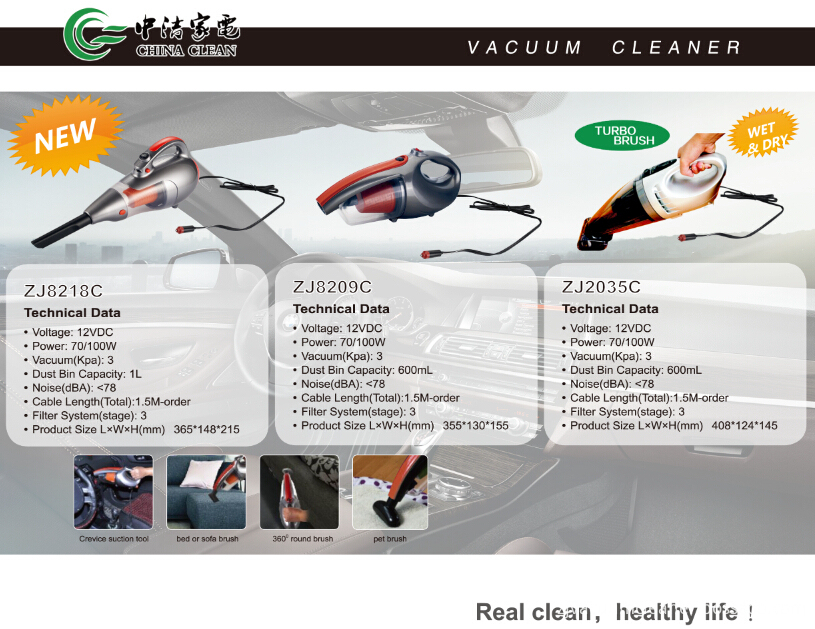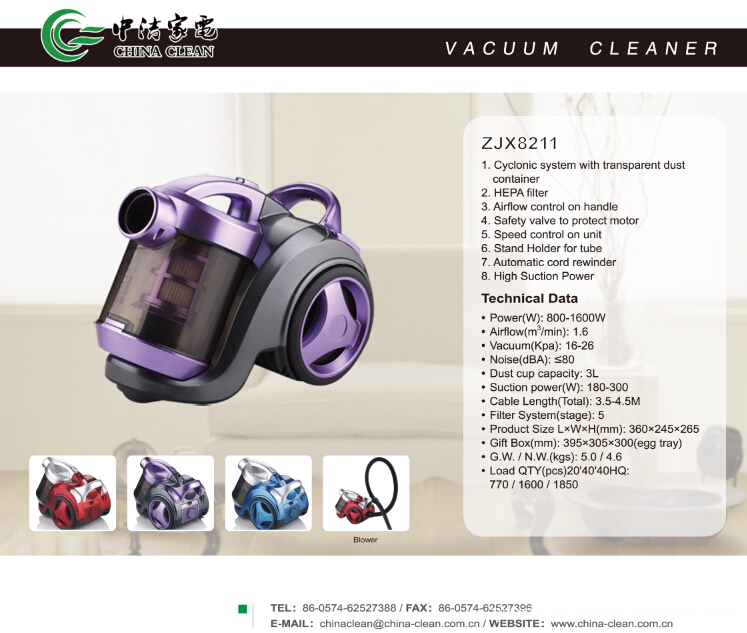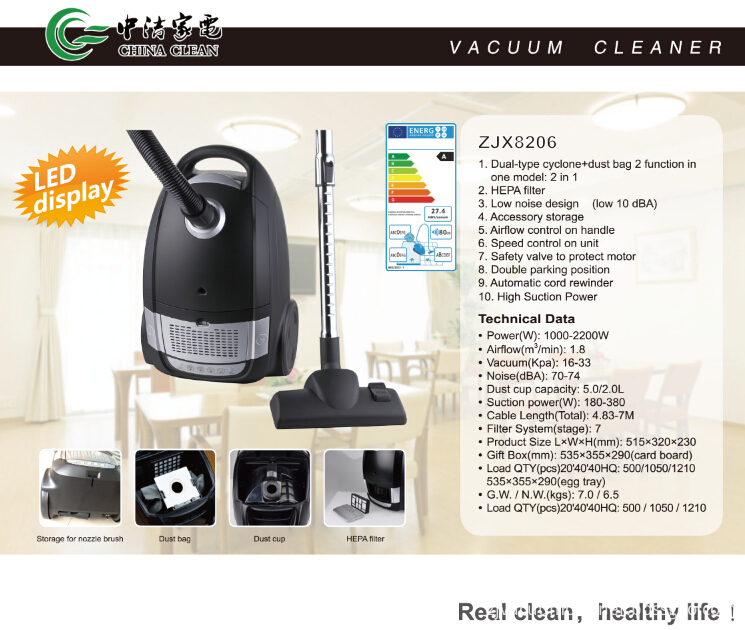MonteCarlo simulation of low-energy electron beam lithography ° bookmark0 Xiao Pei, Lin Jizi (Zhangjiagang Campus, Jiangsu University of Science and Technology Zhangjiagang 215600, Jiangsu) Elastic and inelastic scattering in the substrate. By counting the energy deposition distribution of electrons, it is found that most of the energy of low-energy electrons is deposited in the photoresist instead of the substrate, so it has higher efficiency in electron beam lithography. And the optimal thickness corresponding to the complete exposure of the photoresist under different incident electron energies is also obtained. Traditional photolithography refers to a technique in which a laser is used to etch a pattern in a photoresist on a semiconductor material, and is mainly used in the manufacture of semiconductor devices. Due to the limitation of the wavelength of light, optical lithography is not suitable for the production of large-scale integrated circuits. It is believed that electron beam lithography has the most development prospects in the next generation of optical halide I technology. High energy electron beam lithography has limited its development due to the influence of proximity effect 112. Low energy electron beam lithography (0.5keV-5keV) has the most potential for development 134. If all of them are used in the electron beam lithography technology, at an incident energy of 1 keV, most of the energy of electrons is lost in the photoresist. The greater the incident electron energy, the smaller the energy loss in the photoresist. Calculations show that in a 50nm photoresist, electrons with an incident energy of 1keV lost 98.5% of the energy, and 5keV electrons only lost 8.7%. In a 100nm photoresist, 1keV electrons lost all their energy in the lithography In the glue, the electron at 5keV is 18.4%. The value we calculated is very close to Peterson's result of 1111. The higher the energy of the incident electrons, the greater the energy deposited in the photoresist, and the more photoresist molecules that undergo chemical reactions. To achieve the same etching effect, low-energy electron lithography requires less electrons than high-energy electrons, indicating that low-energy electrons are more effective. Due to the low penetration of low energy electrons, when the photoresist is thick, the bottom of the photoresist may not be fully exposed. Therefore, determining the thickness of the photoresist in low energy electronic lithography is a critical issue. The method is used to calculate the optimal thickness of the photoresist under different incident electron energies. When the photoresist PMMA is completely 50nm, the outermost isobar corresponds to the threshold energy of PMMA, and the maximum depth of exposure can be obtained is 45nm. When the incident electron energy is 3keV and the thickness of PMMA is 300nm, the maximum depth of exposure is 210nm. As shown. The maximum exposure thickness under different incident electron energies is given, and the relationship between them can also be used to calculate the effect on the etching pattern under various conditions to determine the best experimental conditions. Because the model used can handle the excitation of secondary electrons, the simulation results are more accurate and reliable. 4 Conclusion In summary, this paper simulates the process of electrons walking in the photoresist and the substrate, using the Mott cross-section and dielectric function model, using the MonteCarlo method to obtain the energy deposition distribution of the electrons in the photoresist, and The optimal thickness of photoresist required under different incident electron energies. The calculated energy distribution of electron deposition in this paper and the simulation method used in this paper can not only determine the exposure conditions of low energy electron beam lithography, but also provide theoretical guidance.
Vacuum Cleaner is a tool to help people clean clearly. It can help people to save time and energy. So every family can own one style at least. Now I will introduce something about vacuum cleaners in our factory.There are some kinds of vacuum cleaners in our factory. For example, Car Vacuum Cleaner,Handheld Vacuum Cleaner,Cyclone Vacuum Cleaner,Water filter Drum Vacuum Cleaner and so on. They all have their own features. For example,car vacuum cleaner can use in the car,you can take it to anywhere by car. When your car is dirty,you can clean the car by it. Handheld vacuum cleaner is light weight and convenient,it is easy to use. Cyclone vacuum cleaner is beautiful with high suction power. So it can clean more thoroughly. Any others also have their own features. I will explain in the next moment. Now let's see some pictures.
Vacuum Cleaner Portable Vacuum Cleaner, Rechargeable Vacuum Cleaner, Hand Vacuum Cleaner, Bagless Vacuum Cleaner Ningbo ChinaClean Household Appliances Manufacture Co., Ltd. , https://www.chinaclean-elec.com


